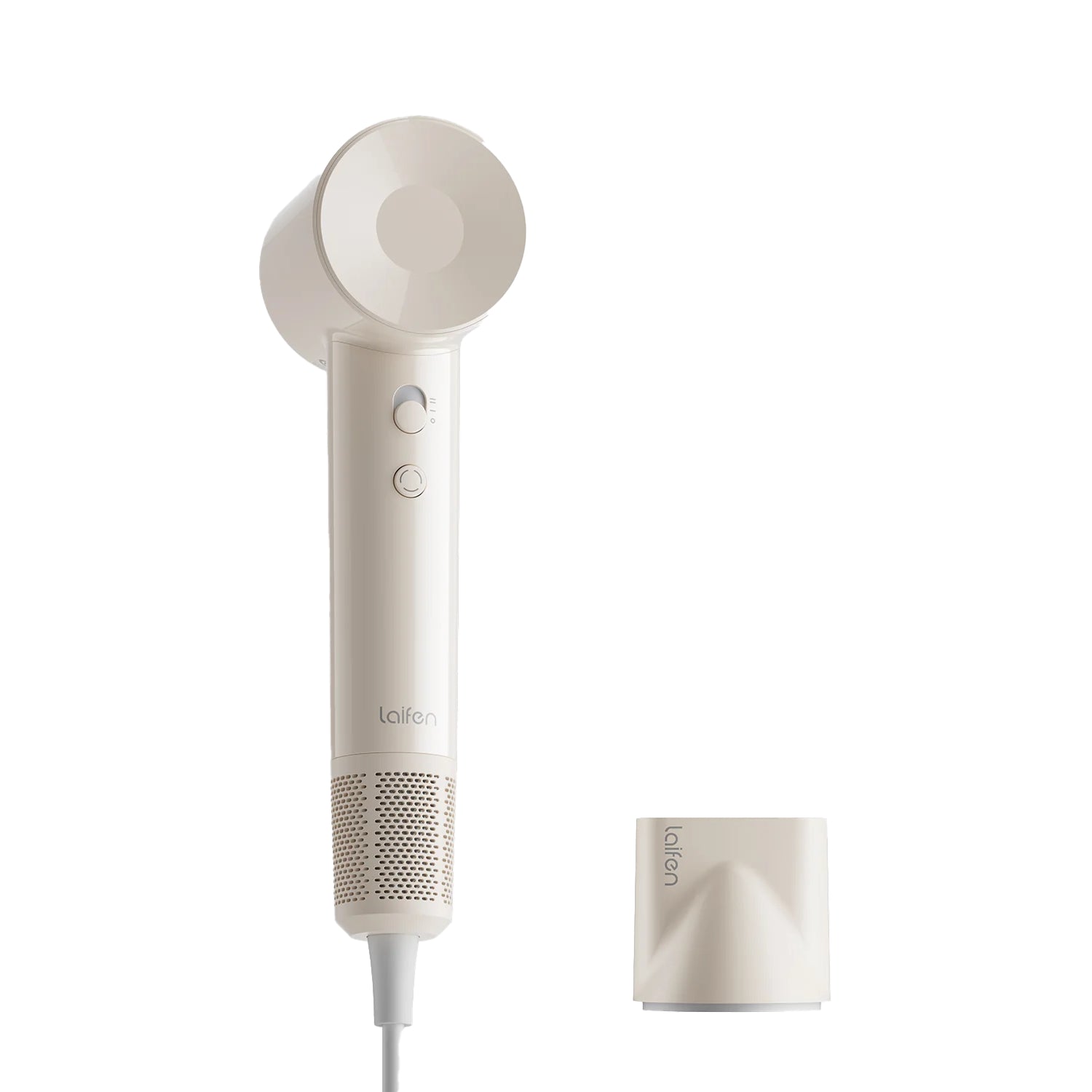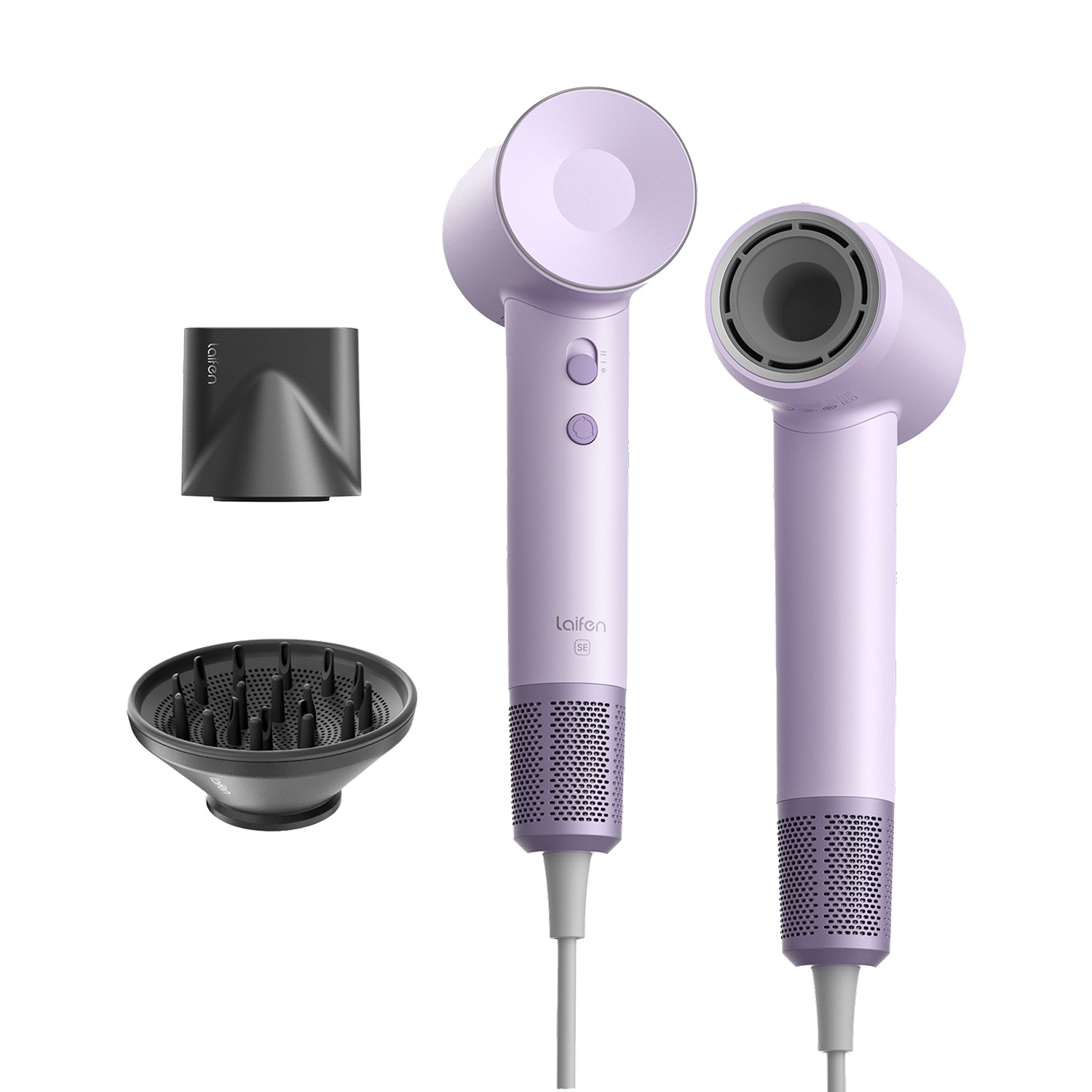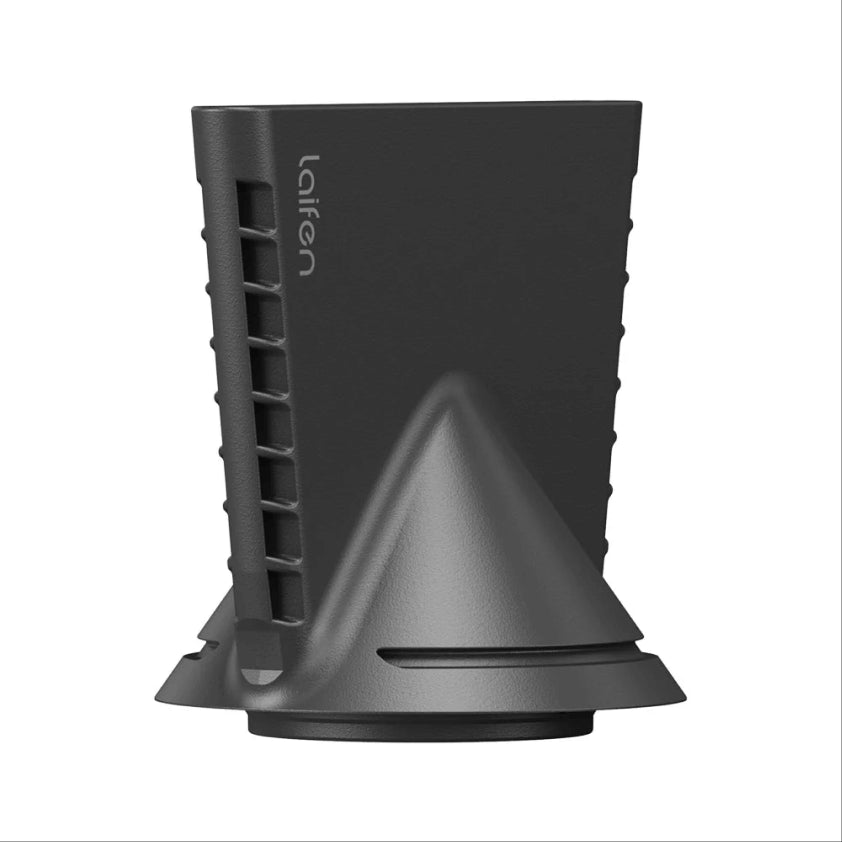
In this article
Your teeth are like a garden, with each tooth being a unique plant needing special care. Now, think of the American Dental Association (ADA) caries risk assessment as your personalized gardening guide. It's like having a knowledgeable gardener examine your garden, identifying which plants are thriving and which ones need extra attention to prevent decay, just like assessing your teeth for cavity risk.
This assessment helps your dentist tailor a plan to keep your smile blooming beautifully. So, next time you visit your dentist, ask about the ADA caries risk assessment.
What is an ADA caries risk assessment?
An ADA caries risk assessment is a systematic evaluation conducted by dental professionals to determine an individual's susceptibility to dental caries, commonly known as tooth decay or cavities.
This assessment involves analyzing various factors such as oral hygiene habits, dietary choices, saliva flow, and past dental history to predict the likelihood of future cavities. It plays a key role in preventive dental care by helping dentists develop personalized treatment plans to mitigate the risk of dental caries and promote oral health.
The ADA caries risk assessment is a component of the dental examination process, conducted during routine dental check-ups. It allows dentists to identify patients who may be at higher risk of developing cavities and provides insights into the specific factors contributing to their susceptibility.
By understanding these risk factors, your dentists can recommend targeted interventions such as fluoride treatments, dental sealants, or modifications to oral hygiene routines to prevent future cavities.
The history of caries risk assessment dates back several decades, with early efforts focusing on identifying common risk factors associated with tooth decay. Over time, advancements in dental research and technology have led to the development of more sophisticated risk assessment tools, including those endorsed by ADA. Today, the ADA caries risk assessment is recognized as an effective means of guiding preventive dental care and improving patient outcomes.
According to statistics from the Centers for Disease Control and Prevention (CDC), dental caries remains one of the most prevalent chronic diseases globally, affecting individuals of all ages. In the United States, approximately 91% of adults aged 20-64 have experienced dental caries in their permanent teeth.
How does caries risk assessment work?
Caries risk assessment works by evaluating various factors that influence an individual's susceptibility to dental caries, or cavities. Here are some key aspects of how it operates:
Identification of risk factors
Dental professionals assess factors such as oral hygiene practices, dietary habits (especially sugar consumption), presence of dental plaque, saliva flow rate and composition, fluoride exposure, previous history of cavities, and use of medications that may affect oral health. These factors help determine the likelihood of developing cavities.
Scoring system
Caries risk assessment often employs a scoring system to categorize individuals into low, moderate, or high-risk groups based on the presence and severity of identified risk factors. This scoring system guides the development of personalized treatment plans.
Personalize treatment planning
Based on the assessment results, dental professionals develop tailored preventive strategies and treatment plans to address identified risk factors and minimize the likelihood of future cavities. This may include recommendations for fluoride treatments, dental sealants, dietary modifications, improved oral hygiene practices, and regular dental check-ups.
Regular monitoring and reassessment
Caries risk assessment is not a one-time process but an ongoing evaluation. Dental professionals monitor patients' oral health status over time, reassessing their risk factors periodically to ensure that preventive measures remain effective and adjusting treatment plans as needed.
Integration with dental records
Caries risk assessment is integrated into patients' dental records and allows for continuity of care and facilitating communication between dental providers. This gives that you can receive consistent and comprehensive preventive dental care regardless of where they seek treatment.
What are the risk indicators for caries?
Several risk indicators can contribute to our susceptibility to dental caries, or cavities. These risk indicators help dental professionals assess the likelihood of developing cavities and tailor preventive strategies accordingly. Some common risk indicators for caries include:
-
Previous history of cavities.
-
Poor oral hygiene practices.
-
High consumption of sugars and fermentable carbohydrates.
-
Low saliva flow or poor saliva quality.
-
Deep pits and fissures in teeth.
-
Inadequate fluoride exposure.
-
Certain medical conditions and medications affecting oral health.
-
Orthodontic appliances.
-
Poor socioeconomic status and limited access to dental care.
-
Presence of dental plaque and bacteria.
What is included in a dental risk assessment?
Here's a simplified table outlining the components included in a dental risk assessment. Look at what will be included in a dental caries risk assessment chart or form.
|
Risk factor |
Description |
|
Previous history of cavities |
Any past occurrences of dental caries. |
|
Oral hygiene practices |
Quality and frequency of brushing, flossing, and rinsing. |
|
Dietary habits |
Consumption of sugars, fermentable carbohydrates, etc. |
|
Saliva flow and quality |
Rate of saliva production and its buffering capacity. |
|
Fluoride exposure |
Sources of fluoride, such as water, toothpaste, treatments. |
|
Dental plaque |
Presence and extent of dental plaque buildup. |
|
Medical conditions |
Any health issues affecting oral health, like dry mouth. |
|
Medications |
Drugs with side effects impacting oral health. |
|
Socioeconomic status |
Access to dental care, preventive services, healthy foods. |






















